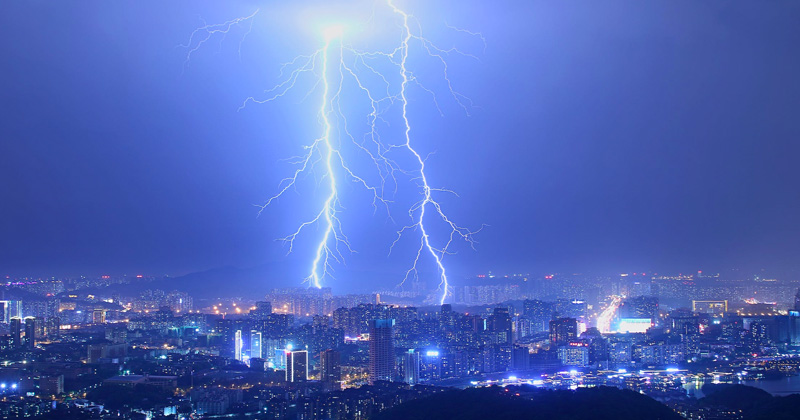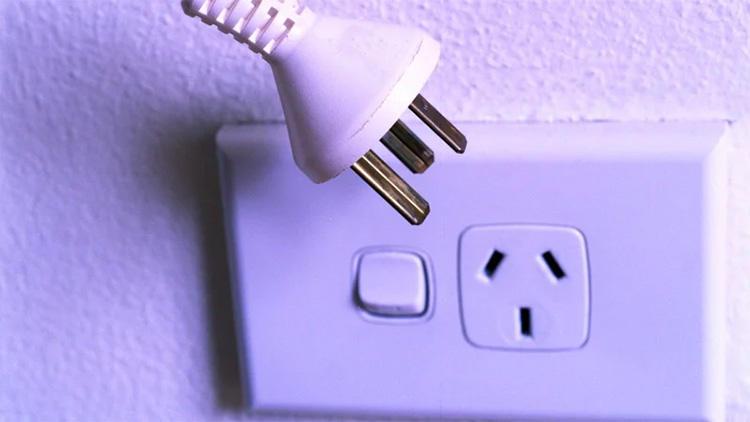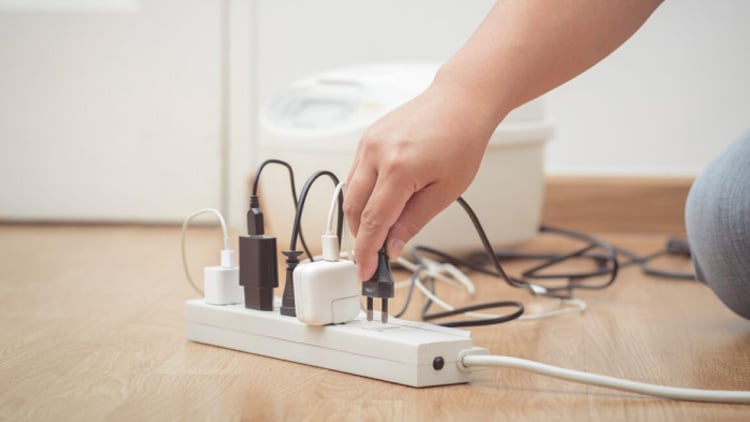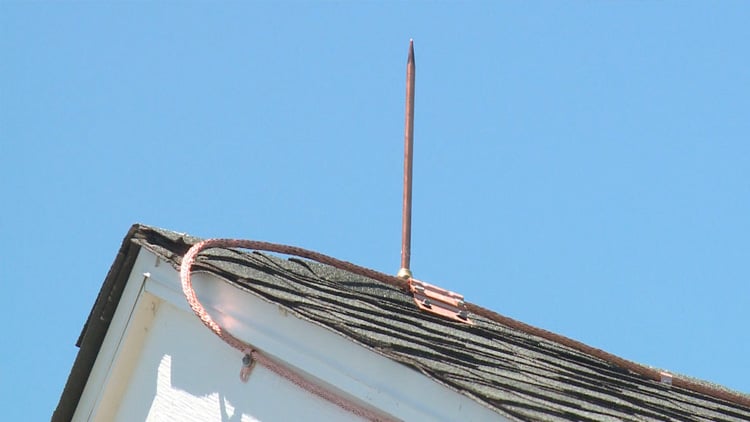How Your Computer Can Get Damaged From High Voltage Lightning Strikes
Ever wondered how your computer can get damaged from high voltage lightning stikes? A sudden surge of energy from lightning can overwhelm and damage the delicate circuits and components that make up a computer, causing it to malfunction or even be completely destroyed. Read our tips to learn how to take precautions to protect your computer from lightning strikes, such as using surge protectors and unplugging your equipment during thunderstorms.

How Your Computer Can Get Damaged From High Voltage Lightning Strikes. Image source: Pexel
Australia is one of the most lightning-prone countries in the world, with an average of 20 million lightning strikes annually. This means that there is a lightning strike every 1.5 seconds somewhere in Australia. Most lightning strikes occur in the northern and eastern parts of the country, where the climate is more humid and there are more thunderstorms.
Lightning is a powerful force of nature that can cause serious damage to your computer. Even if your computer is not directly struck by lightning, a nearby strike can still damage it.
How Lightning Damages Computers
When lightning strikes, it creates a sudden surge of electricity. This surge of electricity can travel through power lines, phone lines, and even the air. If your computer is plugged in when lightning strikes, the surge of electricity can travel through the power cord and damage your computer.
The surge of electricity can damage the following components of your computer:
- Motherboard
- CPU
- RAM
- Hard drive
- Graphics card
- Power supply
In some cases, a lightning strike can even destroy your entire computer.
How to Protect Your Computer From Lightning Damage
There are a few things you can do to protect your computer from lightning damage:
Unplugging Your Computer

Unplugging Your Computer
The simplest way to protect your computer from lightning damage is to unplug it during a thunderstorm. This will prevent the surge of electricity from travelling through the power cord and damaging your computer.
Using a Surge Protector

Using a Surge Protector
A surge protector is a device that helps to protect your computer from power surges. When a power surge occurs, the surge protector will divert the surge of electricity away from your computer and into the ground.
Installing a Lightning Rod

Installing a Lightning Rod
A lightning rod is a device that is installed on the roof of your home. When lightning strikes, the lightning rod will attract the lightning and direct it into the ground. This will help to protect your home and your computer from lightning damage.
Conclusion
Lightning carries a huge amount of energy that can overload and damage the delicate components of a computer. To prevent damage from lightning strikes, it is important to use surge protectors and unplug your computer during thunderstorms. If you live in an area prone to lightning strikes, it is essential to take these precautions to avoid costly damage to your computer equipment. Have you ever experienced a lightning strike damaging your computer? What precautions do you take to protect your electronic devices during thunderstorms?
Written by The Original PC Doctor on 5/5/2023.






















































































I always unplug our desktop during thunderstorms. but we have satellite service so extra cords to disconnect and they are difficult. I presume that they need disconnection too – ?
Hi there,
It’s a good practice to be cautious during thunderstorms! Unplugging electronics is a reasonable precaution, but with satellite service, it’s a bit more nuanced.
While unplugging the satellite receiver itself during a storm might offer some protection, it’s not always necessary and can be inconvenient. Here’s the breakdown:
Lightning Strike: A direct lightning strike near your home could potentially surge through the cables, even if everything is disconnected inside. However, most homes have grounded electrical systems designed to handle such surges.
Power Outages: Even if lightning doesn’t strike directly, power outages during storms can cause voltage fluctuations. Unplugging the receiver protects it from these temporary surges.
Here’s what you can do:
Focus on Power: If you’re truly concerned, prioritize unplugging the receiver’s power cord from the wall outlet. This disconnects it from potential power surges. Leave the satellite dish and cables connected.
Surge Protectors: Consider using a high-quality surge protector for your receiver. This can provide additional protection against smaller power fluctuations.
Most Important: Safety First! Avoid fiddling with electronics or cables during a thunderstorm. If you’re uncomfortable leaving things plugged in, unplug them but wait until the storm passes completely.
Need Help Setting Up Surge Protection? Our support team can advise you on surge protectors and help you set them up for your satellite receiver. Feel free to call them on 1300 723 628 for a consultation.
Stay safe!